Sustainable India – A Dream or A Destiny? 2024 Insights
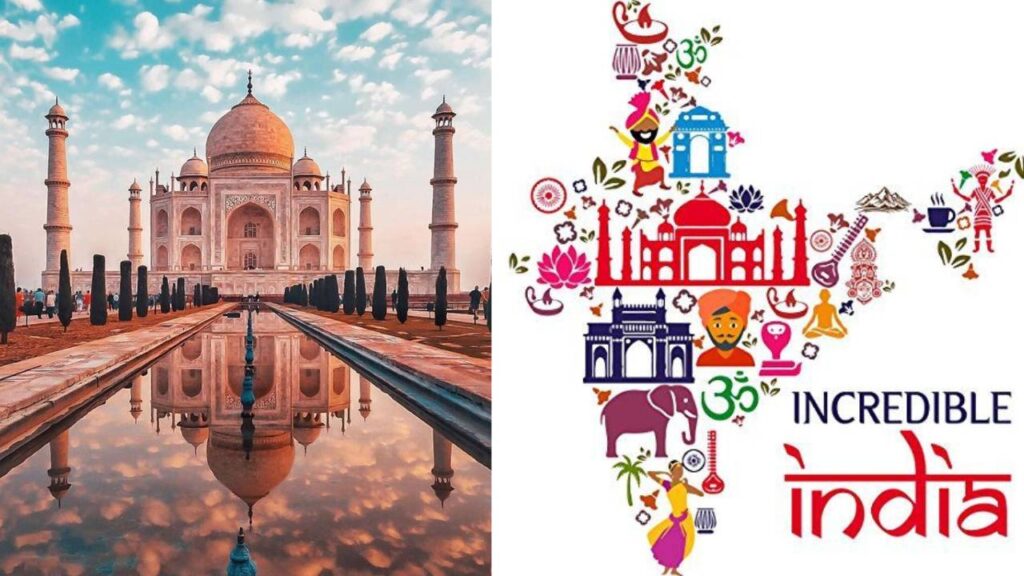
There is no doubt, India’s stance on environmental protection and sustainability is complex, driven by its need for economic growth and development alongside a rich cultural heritage emphasizing environmental stewardship.
While the country has made significant strides in nature conservation and sustainability initiatives, challenges still remain 🙂
Table of Contents
Sustainable India “India Care About Earth”
International Solar Alliance:
India played a key role in establishing the International Solar Alliance, a global partnership to promote solar energy deployment.
Mangrove conservation
India has been actively restoring and conserving mangrove forests, crucial coastal ecosystems for biodiversity and carbon sequestration.
Forest conservation
The Joint Forest Management program involves local communities in forest management, promoting sustainable use and conservation.
Waste management
Initiatives like Swachh Bharat Abhiyan focus on improving waste collection, segregation, and recycling, tackling pollution and promoting resource recovery. Learn more on waste management.
Positive Efforts from India
| Efforts | Description | Example |
|---|---|---|
| Protected Areas | Network of national parks, wildlife sanctuaries, and biosphere reserves | Kaziranga National Park |
| Renewable Energy | Global leader in solar power | International Solar Alliance |
| Clean Energy Initiatives | Promoting LED bulbs, electric vehicles, and energy-efficient appliances | Swachh Bharat Abhiyan |
| Green India Mission | Planting 10 billion trees by 2030 | Joint Forest Management program |
| National Mission for Sustainable Agriculture | Organic farming, soil health management, and water conservation | Mangrove conservation |
Protected Areas:
India boasts a vast network of protected areas, including national parks, wildlife sanctuaries, and biosphere reserves, covering over 5% of its landmass. These areas are crucial for preserving biodiversity and endangered species, with success stories like the tiger population rebounding from 1,702 in 2006 to 2,967 in 2018.

Renewable Energy:
India is a global leader in renewable energy, ranked fourth in the world for installed solar power capacity and aiming for 50% of its energy mix from non-fossil sources by 2030. This helps reduce dependence on fossil fuels and combat climate change. This shows how India shifting towards renewable energy, Hence Another Reason to justify India care about earth.
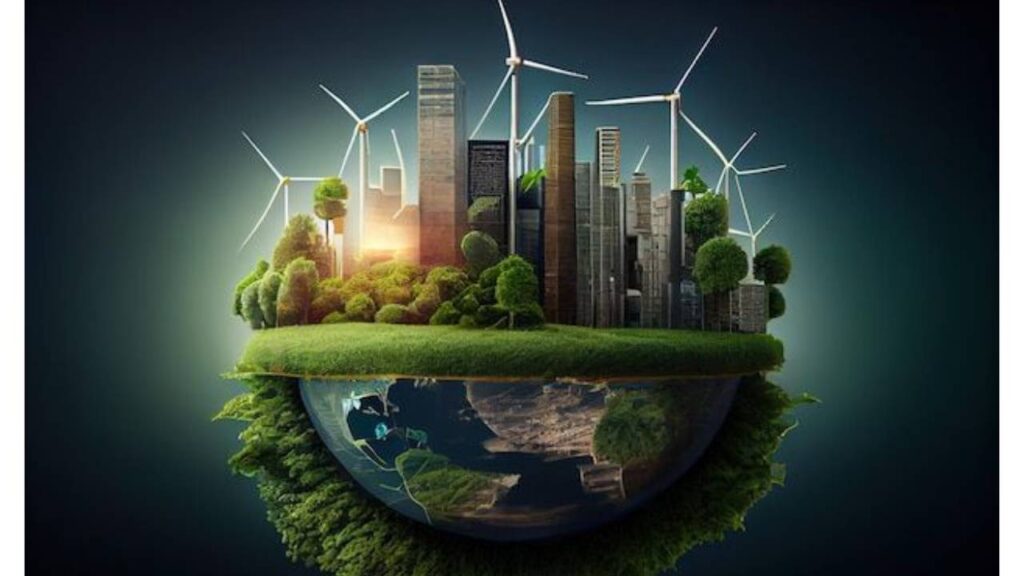
Clean Energy Initiatives:
India promotes clean energy initiatives like LED bulb distribution, electric vehicle adoption, and energy-efficient appliances, contributing to reduced carbon emissions and pollution. Learn more on clean energy.

Green India Mission:
This ambitious program aims to increase forest cover by 5 million hectares and create carbon sinks by planting 10 billion trees by 2030. Hence Another Reason to justify India care about earth.

National Mission for Sustainable Agriculture:
This initiative promotes organic farming practices, soil health management, and water conservation in agriculture, aiming to increase agricultural productivity and reduce environmental impact. Learn more on sustainable agriculture.
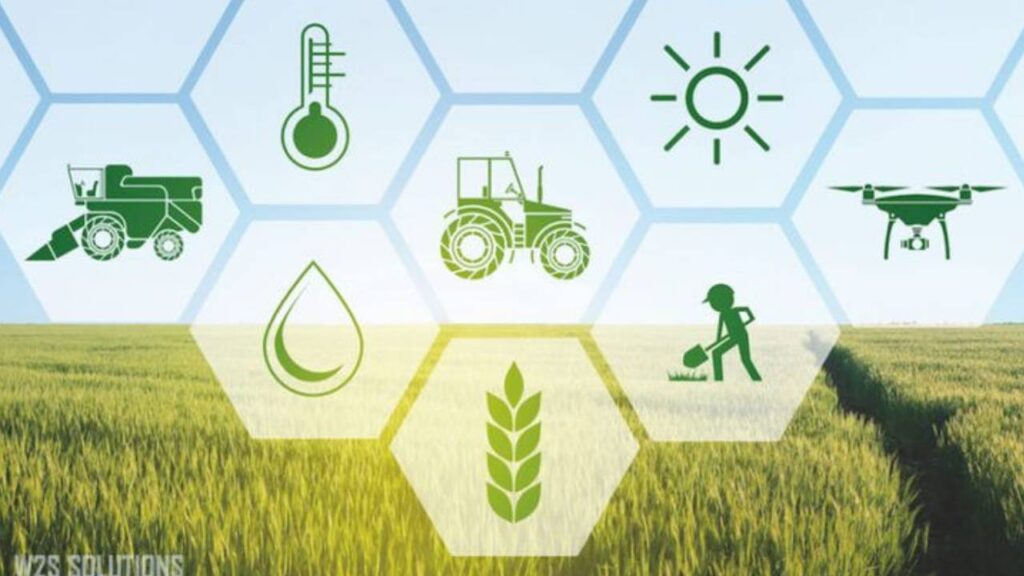
Sustainable Development Goals:
India is committed to achieving the UN Sustainable Development Goals (SDGs), integrating sustainability into its development plans and policies.
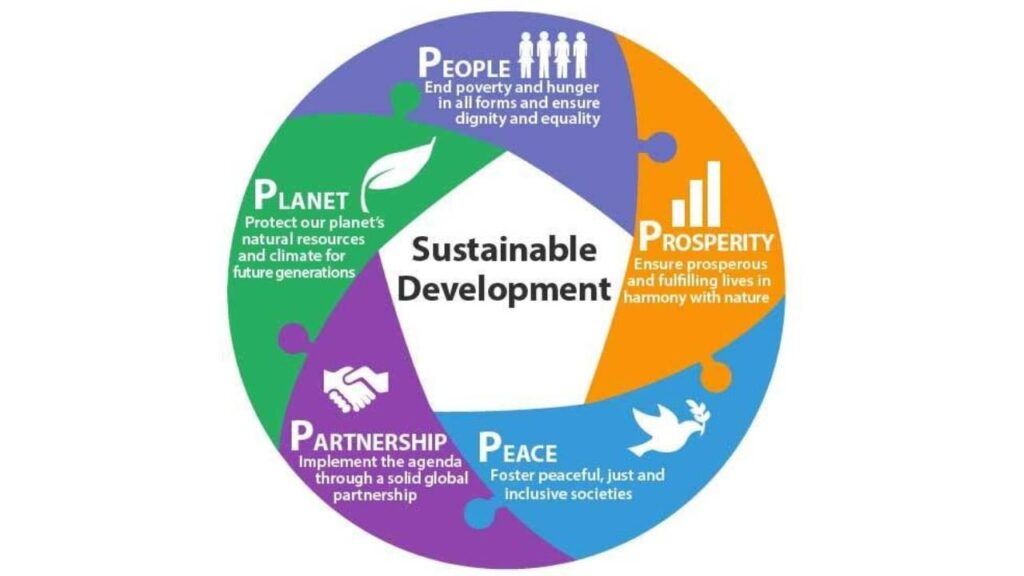
Data:
- India’s forest cover has increased by 2.26% since 2019, according to the Forest Survey of India.
- India’s renewable energy capacity crossed 175 GW in 2023, with solar power accounting for over 60 GW.
- India’s LED bulb distribution program has saved over 200 billion kWh of electricity, reducing greenhouse gas emissions.
Source – International Energy Agency – Report on India.
Despite many issues, These data reflects the statement “India Care About Earth”
Challenges and Areas Needing Improvement for INDIA
India faces significant challenges in contributing to nature and (personal, social, environmental) sustainability despite its vast natural resources and growing awareness of environmental issues. Here are some key hurdles:
Population pressure
India’s population of over 1.4 billion, and its projected growth, puts immense strain on natural resources like water, land, and food. This leads to increased deforestation, depletion of freshwater resources, e-waste and pollution.

UN says India to be world’s most populous nation by mid-2023.
Rapid urbanization and industrialization
The rapid growth of cities and industries has resulted in air and water pollution, waste generation, and habitat loss. Sustainable infrastructure development – For example, constructing eco friendly homes and adopting cleaner technologies are crucial to address these challenges.

Poverty and livelihood dependence on natural resources
Poverty drives many communities to overexploit natural resources for subsistence, leading to deforestation, soil erosion, and loss of biodiversity. Alleviating poverty and promoting sustainable livelihood is critical.

Inefficient resource management
Practices like unsustainable agricultural methods, inefficient water usage, and inadequate waste management contribute to resource depletion and environmental degradation. Resource efficiency and circular economy principles are essential for improvement.
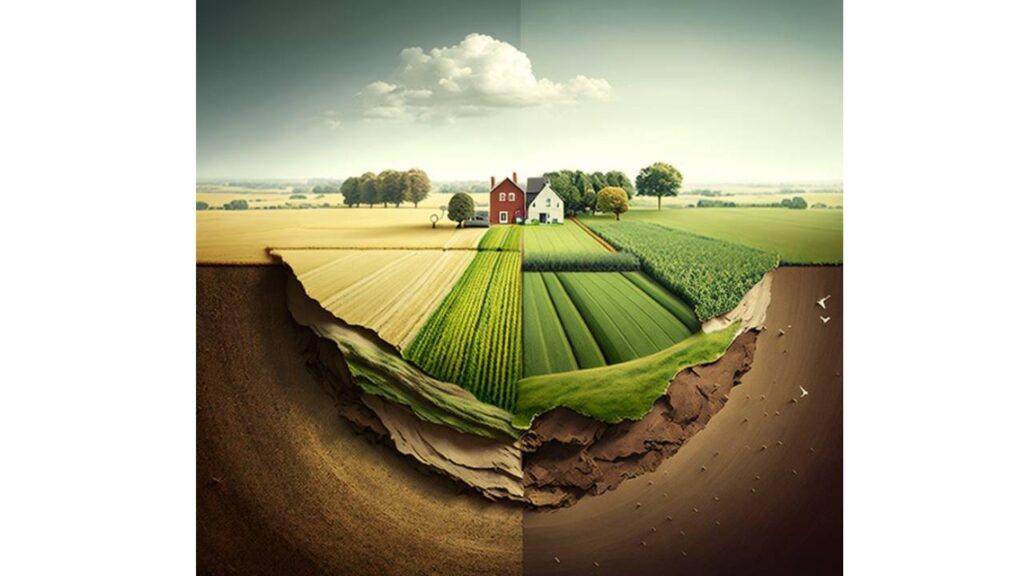
Policy and implementation gaps
While India has environmental policies and regulations, enforcement and implementation are often weak. Strengthening regulatory frameworks and promoting public-private partnerships can be effective.

Lack of awareness and behavioral change
Individual and community awareness about environmental issues and the adoption of sustainable practices are crucial. Educational initiatives, public awareness campaigns, and incentives for green behavior can be impactful.
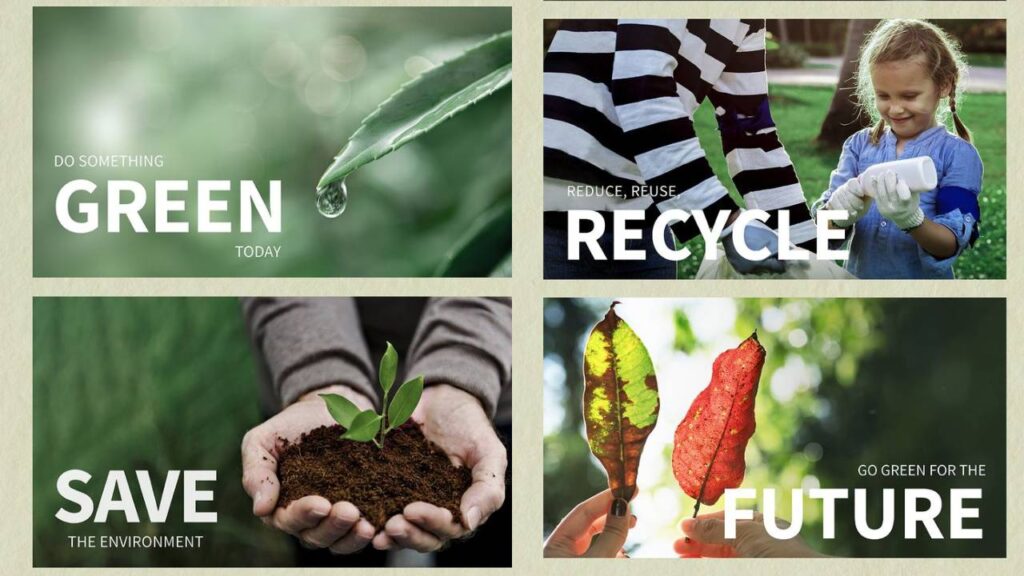
Climate change
India is highly vulnerable to the impacts of climate change, including extreme weather events, rising sea levels, and glacial melt. Building resilience and adapting to climate change are critical challenges. If you’re seeking more information and answers to frequently asked questions about climate change, explore 69 FAQs On Climate Change for valuable insights and a deeper understanding of the issues at hand.

Technological limitations
Access to and affordability of clean technologies like renewable energy and sustainable farming practices like eco pest control, composting, rainwater harvesting, agroforestry etc. can be barriers for wider adoption. Research and development, along with financing mechanisms, can bridge this gap.

Social and cultural factors
Traditional practices and beliefs can sometimes be in conflict with sustainable practices. Understanding these nuances and promoting culturally appropriate solutions are crucial for long-term success.

Can India Become a Global Leader in Green Technology?
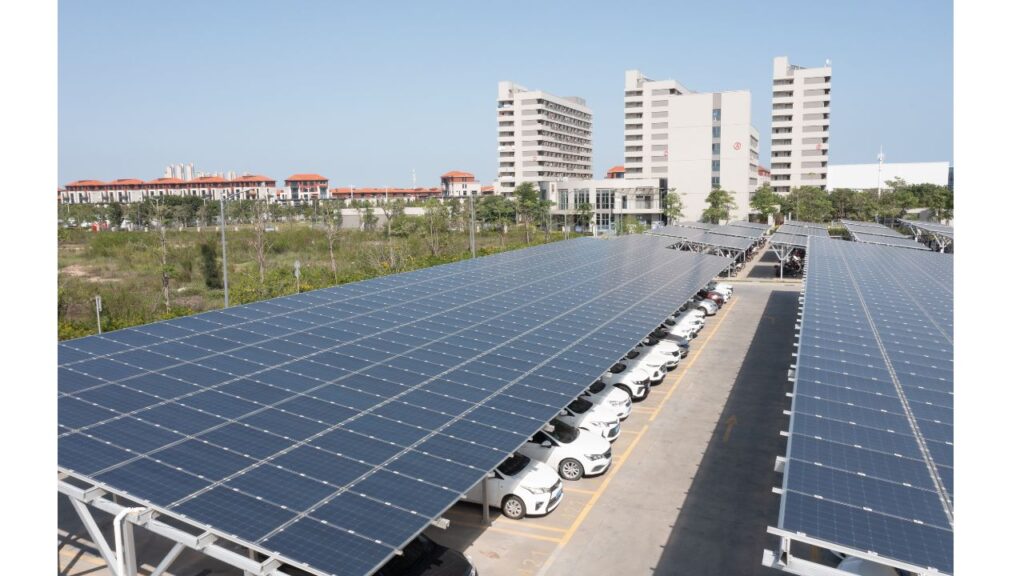
India has the potential to be a game-changer in the green technology race. It has the right mix of factors – abundant sunshine, a talented workforce, and a growing domestic market for clean tech solutions.
Overcoming the challenges will require continued government support, private sector engagement, international collaboration & local community engagement. If India can successfully navigate these hurdles, it can not only become a global leader in green tech but also inspire other developing nations to follow suit. This would be a giant leap forward for our planet’s health.
India Embracing Sustainable Technology.
Can India with a massive population and developing economy truly become a global leader in green technology? Yes! We can expect, Here is why :-
Solar Powerhouse
India is already a world leader in solar power. As of 2023, it ranks fourth globally in installed solar capacity, according to the International Energy Agency (IEA). Imagine sunshine-filled rooftops across India generating clean energy – that’s the potential we’re looking at!
Innovation Hub
India has advantage of a young and talented population with a knack for innovation. Government initiatives and private investments are fueling research and development in areas like renewable energy storage, electric vehicle technology, and green hydrogen production.
Necessity is the Mother of Invention
India faces its own set of environmental challenges, like air and water pollution. This urgency is driving a focus on clean technologies that can not only address climate change but also improve the lives of millions of Indians.
International Collaboration
India isn’t going it alone. Initiatives like the International Solar Alliance, co-founded by India, bring together nations to collaborate on solar energy deployment. This kind of global cooperation is key to accelerating the green transition.
What do you think? Will India be called “A Sustainable India” someday? Share your thoughts in the comments below and let’s keep the conversation going!
Visit this site Sustainable Development/India to discover ongoing steps taken by India for climate change & sustainability cause. Visit wecareearth.com for best insights/guides on sustainability, sustainable living, green brands, climate change and more.

Contact us at contact@wecareearth.com for further queries and support.
